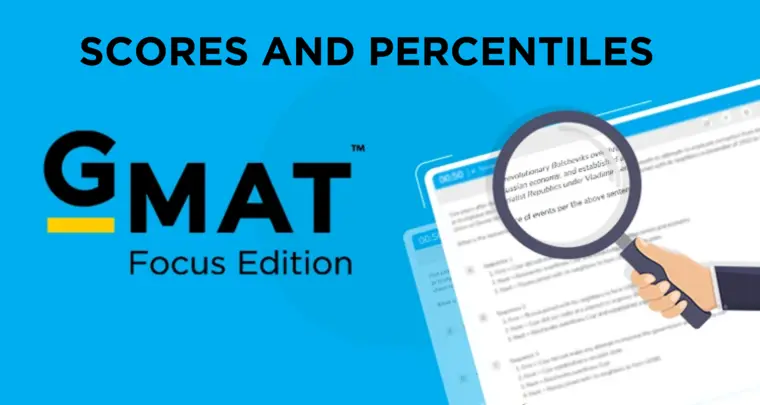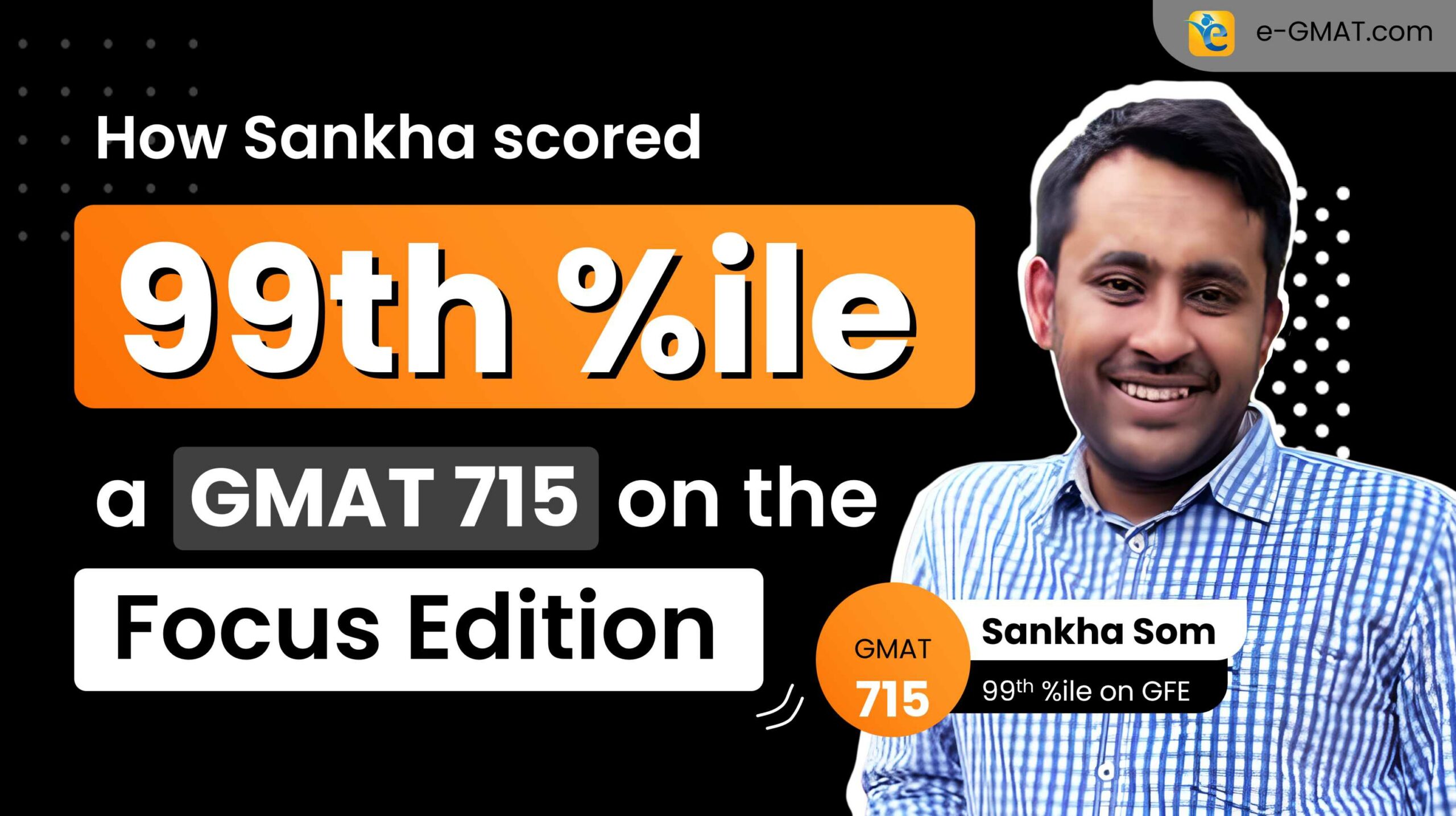Question: Tanya prepared 4 different letters to be sent to 4 different addresses. For each letter, she prepared an envelope with its correct address. If the 4 letters are to be put into the 4 envelopes at random, what is the probability that only 1 letter will be put into the envelope with its correct address?
Options:
- A. 1/24
- B. 1/8
- C. 1/4
- D. 1/3
- E. 3/8
Solution Section:
Solution:
- Translate the problem requirements: We need to find the probability that exactly one letter goes into its correct envelope when 4 letters are randomly placed into 4 envelopes. This means 3 letters must be in wrong envelopes.
- Calculate total possible arrangements: Determine how many ways 4 letters can be placed into 4 envelopes.
- Count favorable outcomes systematically: Find how many arrangements have exactly one correct match by choosing which letter is correct, then ensuring the remaining 3 are all misplaced.
- Apply probability formula: Divide favorable outcomes by total outcomes to get the final probability.
Execution of Strategic Approach
- Translate the problem requirements Let’s break down what this problem is really asking. We have 4 letters and 4 envelopes, each with the correct address for one specific letter. We want to find the probability that when we randomly put letters into envelopes, exactly ONE letter ends up in its correct envelope.
This means:
- One letter goes to its correct address
- The other 3 letters must ALL go to wrong addresses
Think of it like this: if Letter A goes to its correct Envelope A, then Letters B, C, and D must be scrambled among Envelopes B, C, and D in such a way that none of them is in its correct envelope.
Process Skill: TRANSLATE – Converting the probability language into concrete matching requirements
- Calculate total possible arrangements First, let’s figure out how many different ways we can put 4 letters into 4 envelopes.
Think about it step by step:
- For the first envelope, we can choose any of the 4 letters
- For the second envelope, we can choose any of the remaining 3 letters
- For the third envelope, we can choose any of the remaining 2 letters
- For the fourth envelope, we must use the last remaining letter
So the total number of ways = 4 × 3 × 2 × 1 = 24
This makes sense – we’re finding all possible arrangements of 4 distinct objects, which is 4! = 24.
- Count favorable outcomes systematically Now we need to count arrangements where exactly one letter is correct and three are wrong.
Step 3a: Choose which letter gets the correct envelope We can choose any of the 4 letters to be the “correct” one. So we have 4 choices.
Step 3b: Arrange the remaining 3 letters incorrectly This is the tricky part. We need all 3 remaining letters to be in wrong envelopes.
Let’s say Letter A is in its correct envelope. Now we need to put Letters B, C, and D into Envelopes B, C, and D such that none of them is correct.
Let’s list all possibilities systematically:
- Letter B can go to Envelope C or D (2 choices)
- If B goes to C, then C must go to D (can’t go to B or C), and D must go to B
- If B goes to D, then C must go to B (can’t go to C or D), and D must go to C
So there are exactly 2 ways to arrange 3 letters so that none is in the correct position:
- B→C, C→D, D→B
- B→D, C→B, D→C
Step 3c: Calculate total favorable outcomes
- Ways to choose which letter is correct: 4
- Ways to arrange the other 3 incorrectly: 2
- Total favorable outcomes: 4 × 2 = 8
Process Skill: CONSIDER ALL CASES – Systematically counting arrangements where 3 specific items are all misplaced
- Apply probability formula Now we can calculate the probability:
Probability = (Number of favorable outcomes) ÷ (Total number of possible outcomes) Probability = 8 ÷ 24 = 1/3
Let’s verify this makes sense: out of every 24 random arrangements, we expect 8 of them to have exactly one correct match. This simplifies to 1 out of every 3 arrangements, which seems reasonable.
Final Answer The probability that exactly one letter will be put into the envelope with its correct address is 1/3.
This matches answer choice D: 1/3.
Common Faltering Points
Errors while devising the approach
Faltering Point 1: Misinterpreting “exactly one correct” as “at least one correct” Students often confuse the constraint “only 1 letter will be put into the envelope with its correct address” with “at least 1 letter will be correct.” This leads them to include cases where 2, 3, or all 4 letters are correctly placed, drastically inflating their count of favorable outcomes.
Faltering Point 2: Not recognizing the derangement component Many students fail to realize that when exactly one letter is correctly placed, the remaining three letters must ALL be incorrectly placed (forming a derangement). They might incorrectly think they just need to place the remaining letters randomly, missing the critical constraint that none of the other three can be in their correct envelopes.
Faltering Point 3: Attempting to use complex formulas without understanding Some students try to apply derangement formulas (like D₃ = 2) without understanding what they mean or how they apply to this context. They might use the formula incorrectly or get confused about when and how to apply it within the broader probability calculation.
Errors while executing the approach
Faltering Point 1: Incorrectly counting derangements of 3 objects When determining how many ways to arrange 3 letters so that none is in its correct position, students often make counting errors. They might list arrangements like B→B, C→D, D→C (which isn’t actually a derangement since B is in the correct position) or miss valid arrangements, getting counts like 1, 3, or 6 instead of the correct answer of 2.
Faltering Point 2: Forgetting to multiply by the number of ways to choose which letter is correct Students correctly find that there are 2 ways to arrange 3 letters incorrectly, but forget that any of the 4 letters could be the one that’s correctly placed. They report 2 as their total favorable outcomes instead of 4 × 2 = 8.
Faltering Point 3: Calculation errors in the final probability Even with the correct favorable outcomes (8) and total outcomes (24), students make arithmetic errors when simplifying 8/24. Common mistakes include getting 8/24 = 1/4 (forgetting to divide both numerator and denominator by 8) or other incorrect simplifications.
Faltering Point 1: Selecting a related but incorrect fraction Students who get 8/24 but simplify incorrectly might choose answer choice C (1/4) instead of the correct D (1/3). The proximity of these fractions makes this a common error, especially if they divided 8 by 24 incorrectly or made an error in their fraction reduction.
No likely faltering points














